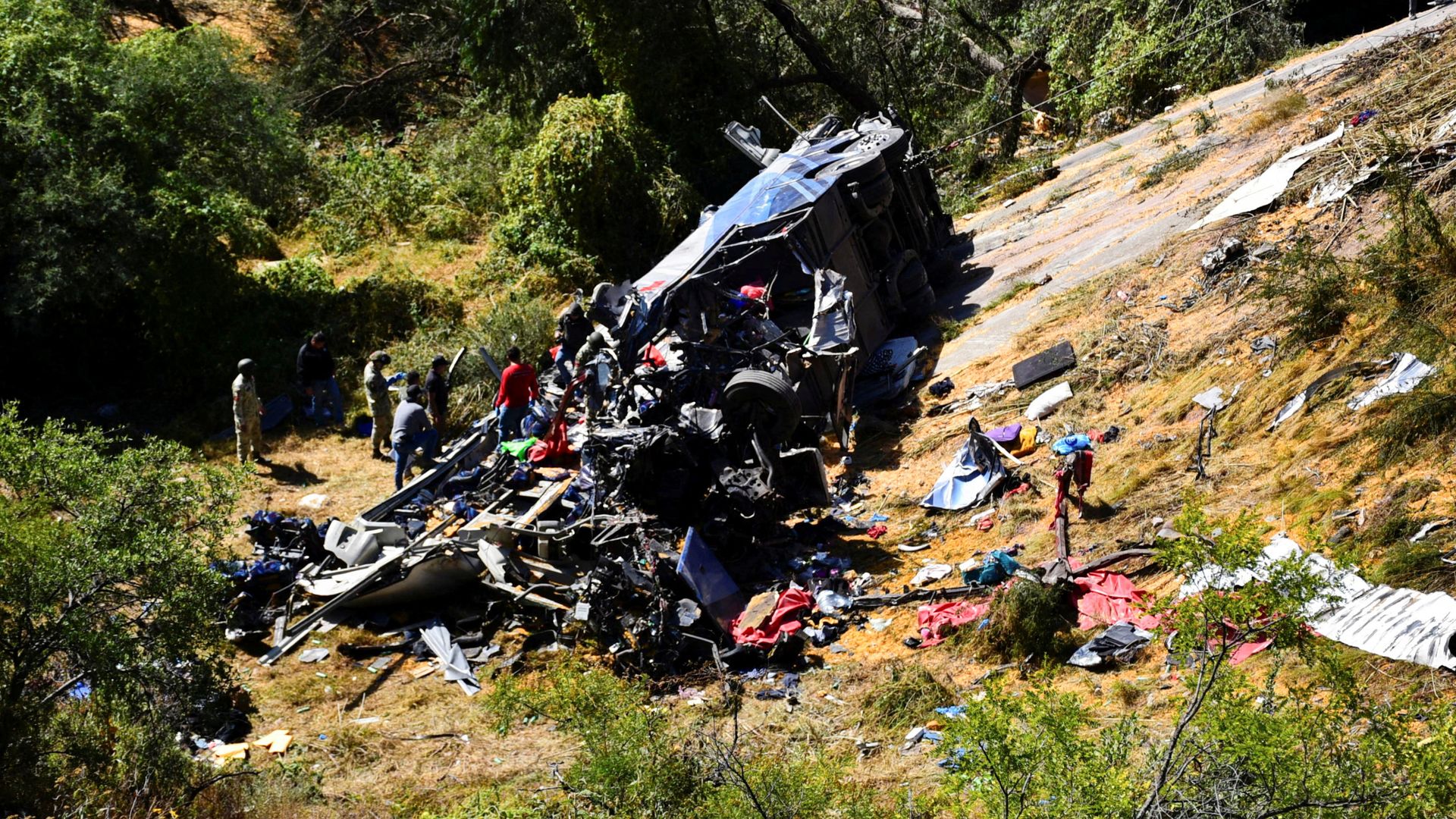
Letters submitted by BDN readers are verified by BDN Opinion Page staff. Send your letters to [email protected].
As Paul Stamets details in his book, “Mycelium Running,” burning leftover wood debris after timber harvests is setting us back in our climate goals and harming long-term ecological recovery by burning off carbon and nutrients to the atmosphere — nutrients and carbon that took thousands of years to accumulate. It would be much more ecologically beneficial to chip the wood and leave it on the forest floor. This would allow for carbon and nutrients to cycle back into the forest floor and would provide a substrate for mycelium to grow and assist with this carbon and nutrient cycling.
Additionally, until the wood debris (from cutting) breaks down, its biomass is locked away from the food web. Stamets states, “In order to stimulate decomposition and trigger habitat recovery, we can selectively introduce keystone mushroom species such as saprophytic fungi, the first species to feed on dead wood.” This can be done in a couple of ways — chipping wood debris into variably sized fragments and leaving it on the forest floor where existing mycelium can easily access it; “using spored oil in chainsaws, chippers, and cutting tools so that wood debris is immediately put into contact with fungal spores, speeding up decomposition”; and “using mycorrhizal spore inoculum when replanting forestlands” (all using native species of fungi of course).
Hopefully these methods can be implemented into Maine’s forestry practices so that we can ensure the long- term health of these ecosystems and maximize carbon sequestration in our forest soils.
Rachel Smith
Orono










